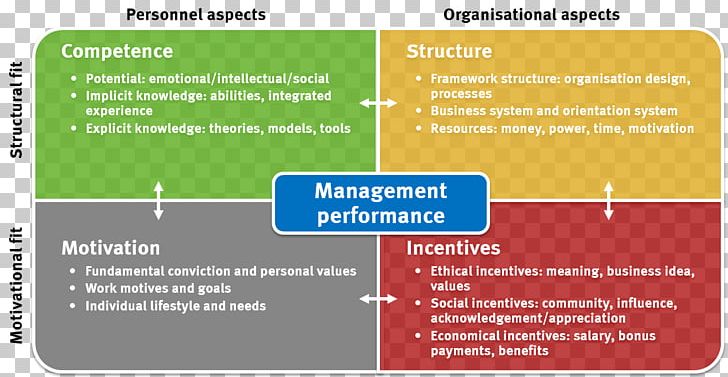This article is concerned with the leadership process. It explains how true leaders emerge. In other words, we shall provide a comprehensive explanation of how true leaders emerge.
Roadmap to Leadership
The
road to great leadership (Kouzes
& Posner, 1987) that is common to successful leaders:
(1)
Challenge the process - first, find a process that you
believe needs to be improved the most.
(2)
Inspire a shared vision - Next, share your vision in words
that can be understood by your followers.
(3)
Enable others to act - Give them the tools and methods to
solve the problem.
(4)
Model the way - When the process gets tough, get
your hands dirty. A boss tells others what to do; a leader shows that it can be
done.
(5)
Encourage the hearts - Share the glory with your
followers' hearts, while keeping the pains within your own.
Leadership Aspect
Leadership
has been defined as the ability to inspire other people to accomplish a preset
objective. A leader has the ability to make people feel good about what they
are doing and helps people feel like the work they are accomplishing is working
towards the larger goal of the corporation. According to Kouzes J.M (2002), the
following are the three leadership aspects identified:
(1)
Challenge the process - A leader looks for easier, more
efficient ways to accomplish goals, rather than settling for the age-old way of
doing something. Leaders are innovative and experimental to find new ways of doing
things.
(2)
Inspiring - Leaders effectively communicate
organizational goals to employees so people know what is expected of them. They
give people a good reason to do their jobs by expressing how important their
work is and how it helps the organization as a whole. They motivate and
energize workers and give them the confidence to do their job.
(3)
Modelling - An effective leader teaches by
example. Leaders work with the highest standards and expect others to work to
those standards as well. They put forth a high-quality effort and expect a high-quality effort from those around them.
Leadership Power and Sources
(1)
Legitimate power: This is based on one’s hierarchical
position the corporation president has greater legitimate power than the
vice-president of manufacturing to speak on issues of corporate policy; by the
same token, the vice-president of manufacturing has more legitimate power than
the first line supervisor to decide on issues of capital expenditures, workflow,
inventory levels etc.
(2)
Reward power: This stems from the control of
rewards valued by subordinates. Subordinates who act as their supervisors tell
them to do so in past because they believe that their behaviour will be
rewarded.
(3)
Coercive power: This is based on fear. If
subordinates alter their behaviour because they believe that a failure in the company with orders from a superior will lead to punishment, they are
responding to coercion.
(4)
Reference power: This is based on the followers’
identification with the leader. This identification may be based on personal
admiration and usually includes a desire by the followers to be like the
leader.
(5)
Expert power: This stems from the perceived and
demonstrated competencies of leaders to implement, analyse, evaluate and
control the tasks assigned to their group.











0 Comments